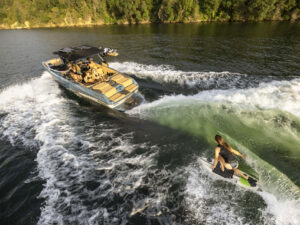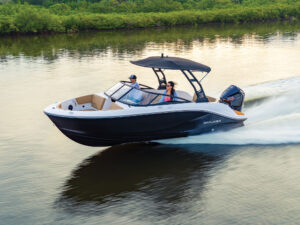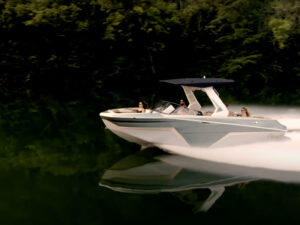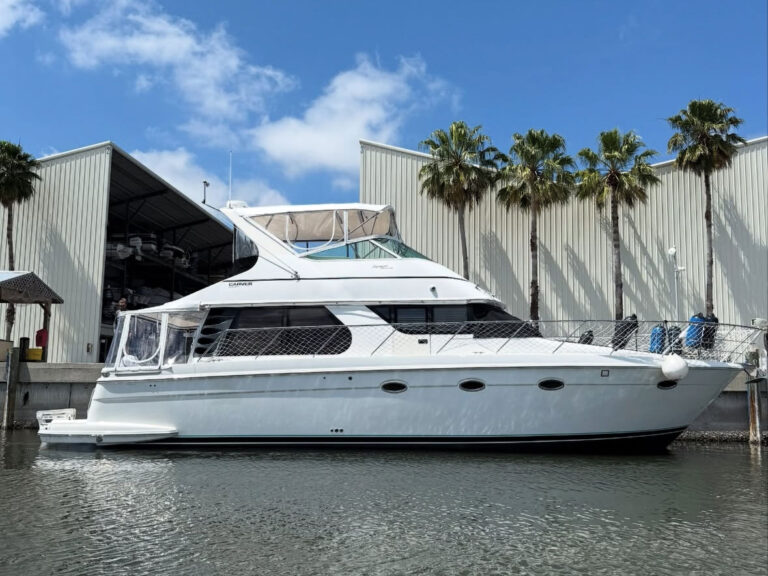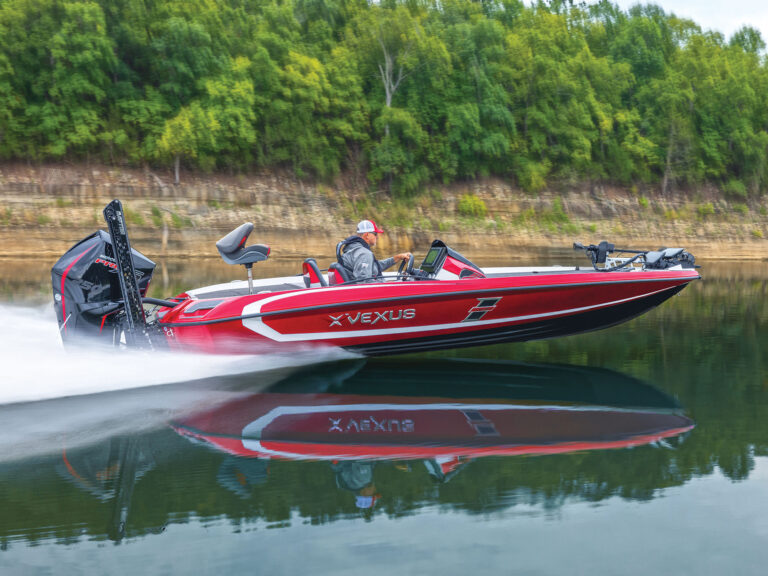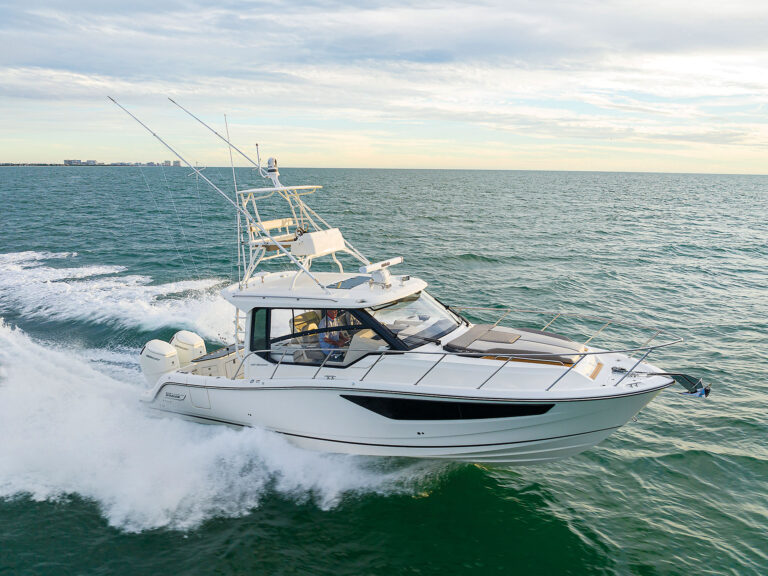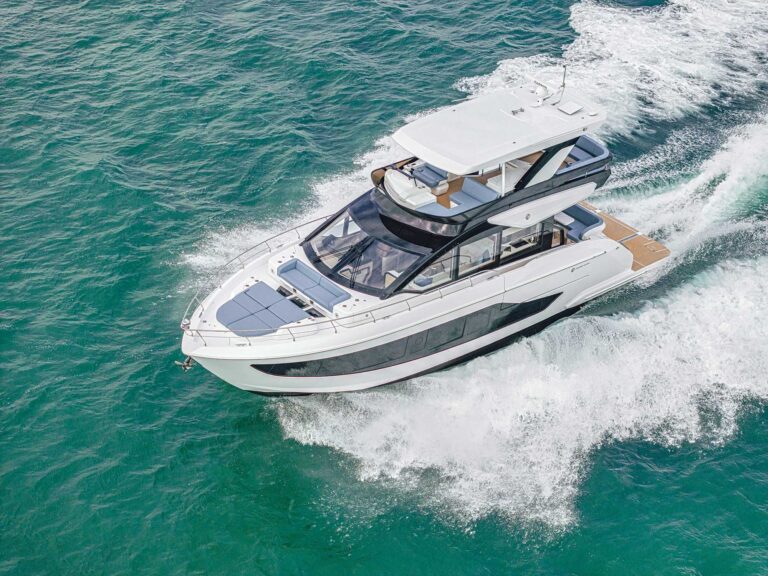World slalom record-holder Nate Smith has redefined what’s possible in the course. At only 25, he’s run more tournament 41 off passes than all his competitors have done combined. His winning percentage at major events is equally impressive. In a league of his own, he draws inspiration from within to push his buoy count to new levels. There’s a lot to be learned from studying Smith’s technique. He’ll make you rethink what it means to be balanced on a slalom ski and, equally important, how to use the boat’s power to ski the most efficient line possible. But rather than just theorize how Smith skis the way he does, let’s talk shop with the greatest swerver ever to enter a slalom course.
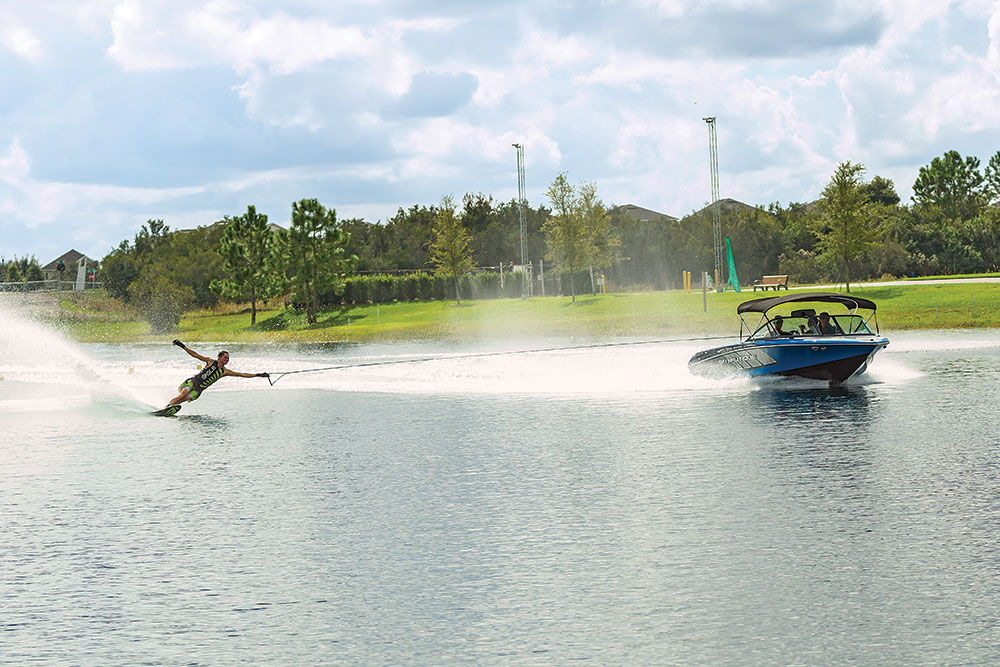
You’ve done clinics all over the world with a variety of skier abilities. Is there a common thread of technical challenges that you see skiers struggling with?
It really is widespread. Some styles work better for others. The most common things I see are where they work behind the boat and how they stand on their ski, balance-wise, in the pre-turn and finish of the turn.
What question do you get asked the most about your skiing technique?
“How do you make it look so easy and effortless?” I just reply by saying I’m glad it looks that way because it certainly feels like I’m putting a lot of work and effort in to running the passes that I do.
What is your secret to a good gate?
Everyone has different views and opinions for the perfect gate. Some like a one-handed gate and some like a two-handed gate. A lot of it is personal preference. For me, it’s starting the move out for the gate very gradually and riding the line up on the boat. On the turn in, I don’t want to load the boat 100 percent right away. I want to gradually load harder and harder all the way to the second wake. Then, at that point, I ride the line out to 1 ball without pulling against the boat. That’s the hardest thing to figure out — getting the right combination of load and back arm pressure after the second wake. You never want to spike the boat going through the gates.
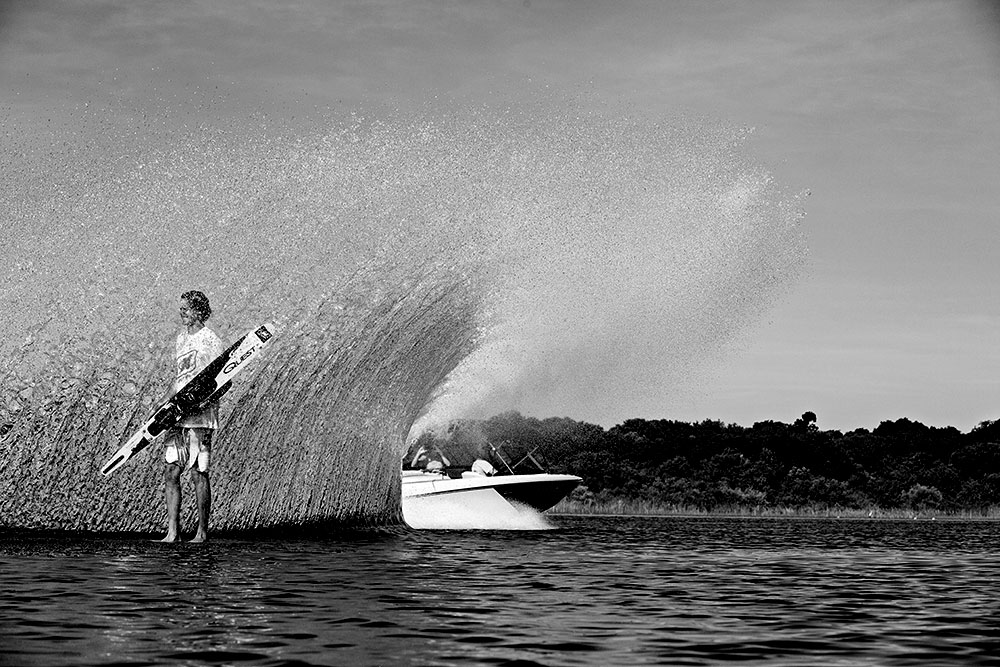
What is slalom skiing’s biggest misconception?
I’m not really sure I have a good answer for this. I would just have to say that most people think that it all looks the same and that it’s just going around a bunch of buoys. There are so many variables in slalom skiing — water temp, water softness, wind speed, wind direction, boat manufacture, engine type, water conditions, current and many more. You have to take all of these variables into account every single pass that you run. It takes a lot of knowledge and understanding to try to master this. To most outside the sport, it looks simple and easy, but all of us who are in this sport know the difficulty in mastering just one or two of these variables, let alone all of them at the same time.
What is your best advice for skiers trying a new line length or increasing their boat speed?
Try not to overthink it. The only difference is that things just happen a little faster. When you shorten the line, this is when being in the correct position on the back side of the buoy is really important. Make sure that you’re running the previous pass consistently before shortening the rope. And remember to work hard behind the boat, and ride the line out to the buoy with back arm pressure.
What’s your best advice for reducing slack and having line control?
Speed management. Being too fast at the buoy is what causes slack. Where this comes from, most of the time, is when you come off the second wake and give back to the boat or come off the handle early. This takes away all the angle and space before the buoy and causes you to ski down course with more speed right at the buoy. If you ski early and wide and ride the line out, then you have more time in the pre-turn to slow down and come back under the handle on the back side of the turn with a tight line.
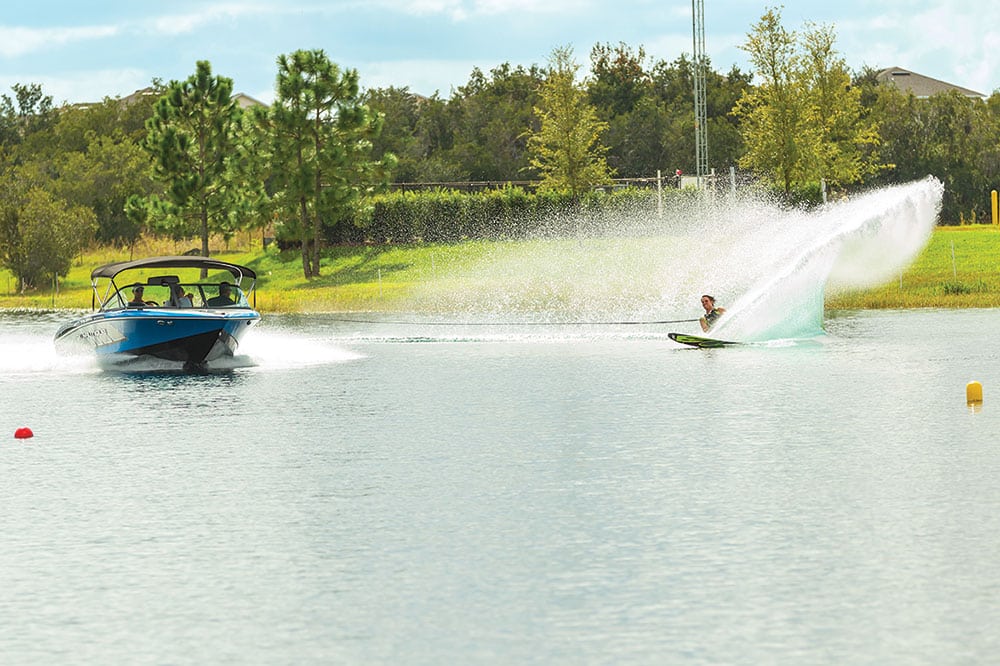
How do you consistently stay so connected to the line? There’s very little separation between your body and the handle.
I’m glad it looks that way because it doesn’t always feel like that. I just really try to focus on what I’m doing off the second wake. That is the most important. Also, it’s important to remember when coming into the first wake not to load the boat too hard too early. You never want to spike the boat. You want to do the hardest work behind the boat, not off the buoy and not after the second wake. I think I have the line control that I do because of my awareness behind the boat. I don’t load too hard too soon, and I’m able to work in the same spot every time, no matter where I am in the course and how late I am.
You were close to beating your world record at the end of last season. Can you take us through the pass of went right and wrong?
I wasn’t skiing too well the few days leading up. I had just picked up my new boat and had one day of skiing behind it. We decided to use my new 2016 Nautique 200 in the tournament. The first round, I ran 41. I was surprised. I came in at 43 and had a decent gate and 1 ball and soon found myself over at 2 ball, which is my onside turn. I stayed patient and turned it and got over to 3. One thing that I feel I’m very strong at is finishing with a full buoy by doing an “s” turn. Well, I guess I hadn’t practiced that much at 43 because when I went back out to take up the loose line, there was none! As I moved out, the rope came right and pulled me over the front of my ski and birdied the tip. I tried to hold on but did nothing but get a face full of water. A world record isn’t easy. Everything has to line up completely perfect. On that day, it did. I just didn’t execute.
TECHNICALLY SPEAKING
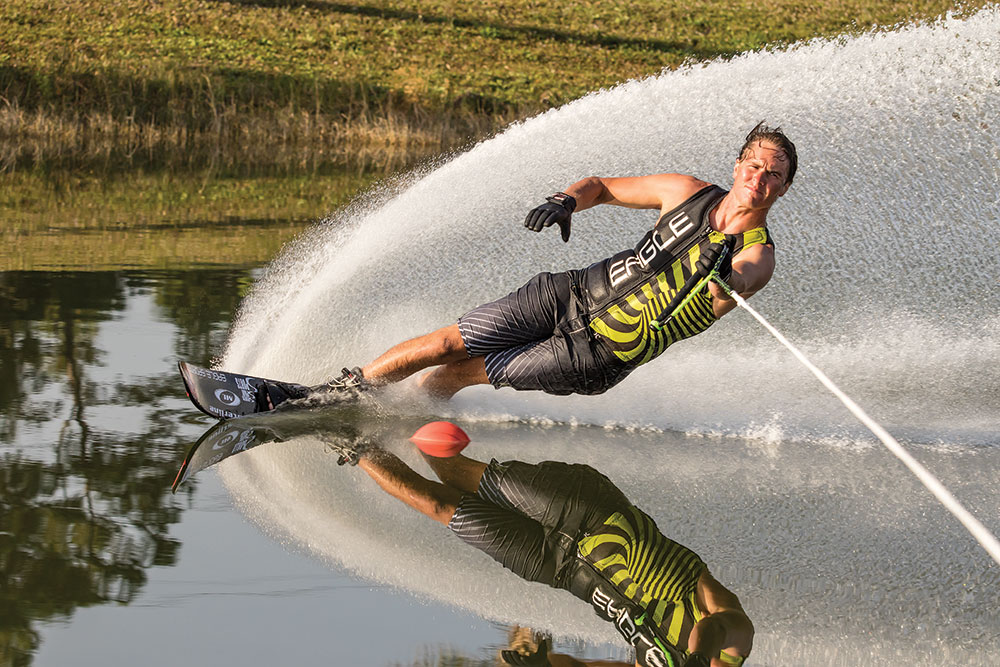
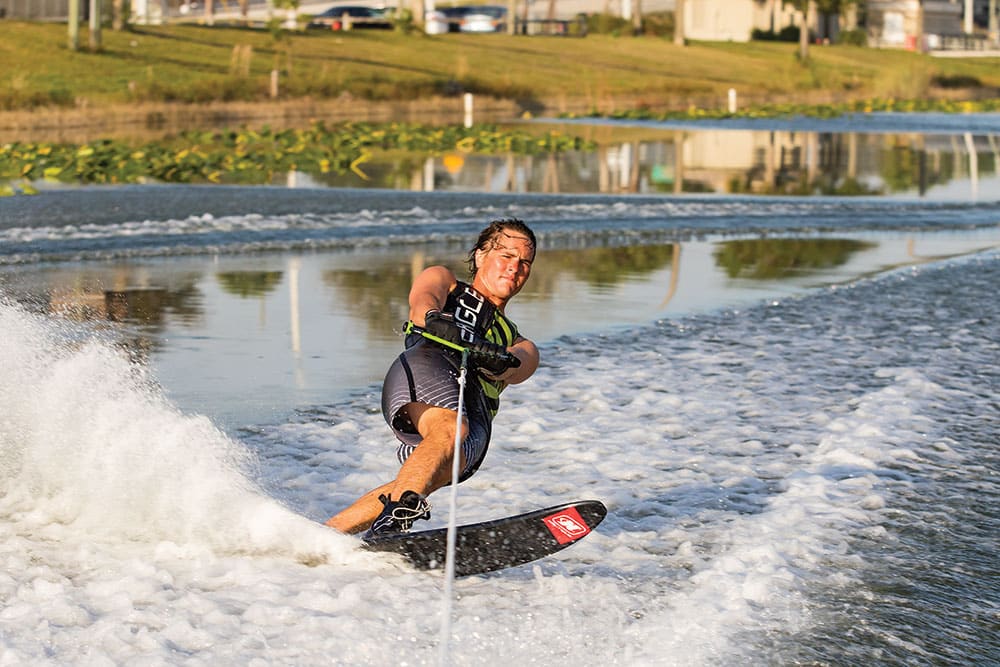
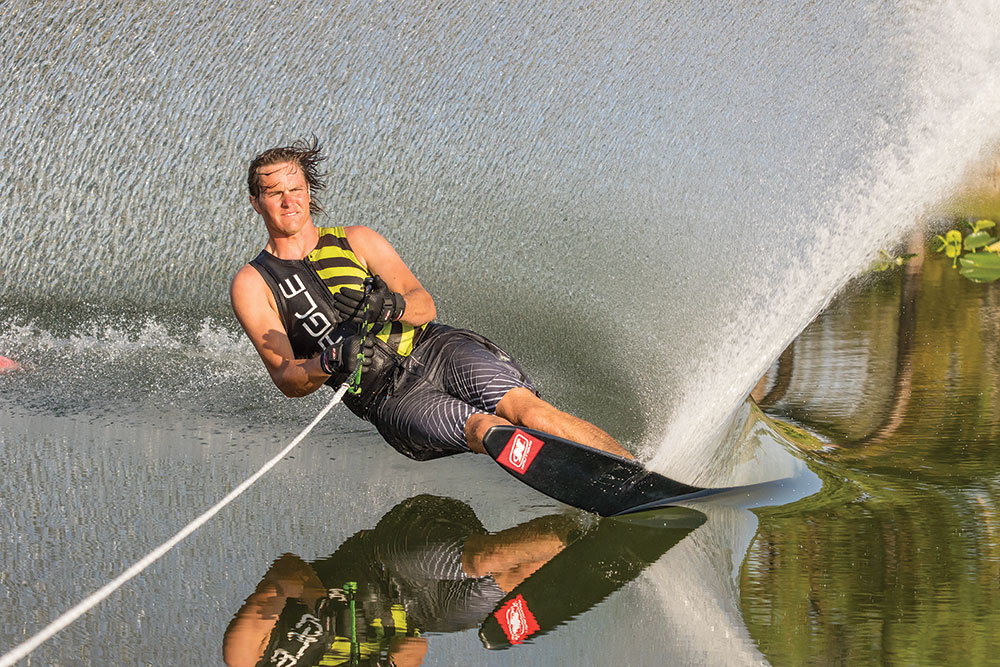

After two years of R&D led by the thoughtful design of engineer Will Bush, D3 is pleased to release the ARC, or advanced rocker and concave. “What sticks out the most to me is the ski’s ability to make up space and create angle behind the boat even when you don’t have a great turn,” says Nate Smith. “It carries out much wider at the buoys and comes back under the line so much faster.” The new ski is also available in a softer flex known as the ARC-S.
Sizes: 64″, 65″, 66″, 67″, 68″
MSRP: $1,600
d3skis.com


